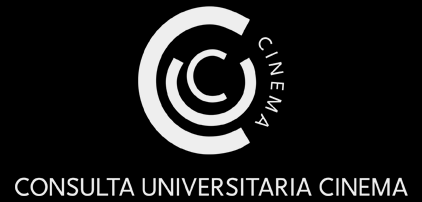Cinematographic and audiovisual productions, as well as their circulation modes, take place within a legal environment, whether it is formal or informal. But in the margins, we can observe the existence of “outlaw” productions. It finds its own public thanks to circuits which are in most cases illegal. The contexts of the birth of these films are various, and are often to be seen in relation to environments all aiming at ensuring the sustainability of a social, moral or political order. These various configurations presuppose the recognition, for those who make these images as for those who prohibit them, of the historical assumption of “films power”, enable to disrupt the established order.
The “outlaw” films have multiple objectives. Some of them have a militant and dissenting approach in respect of the established power, others are intended to contravene the social and moral norms, and for others the goal is commercial, based on the appetite of some publics for what is prohibited. For example, we can mention political works secretly filmed in the framework of authoritarian regimes, or pornographic or ultra-violent movies in violation of applicable laws.
During this conference, such issues will be seen through “alternatives” as a conceptual prism, central in the program currently developed by our research laboratory – the LIRCES. In this case, the “alternative” refers equally to contents as well as to production, distribution and reception modes. The legislative framework, depending on the geographical areas, periods of time and political systems concerned, defines the alternative and the conditions of its existence. Dealing with “outlaw” films, in a global and comparative way, will allow us to provide a comprehensive diachronic overview, highlighting the ever-changing nature of laws, bans, and consensual.
Papers might deal, in a multidisciplinary approach, with all periods of cinema and audiovisual history, up to modern times, in response to the various formats for images and sounds recording and distribution which upset the identity of illegal images. Papers might also operate within the diversity of the situations across the globe and discuss all types of bans. They could also explore the legal and police tools, the different States’ provide themselves with, to be protected from the making and consumption of these images which are circulating under the counter.





